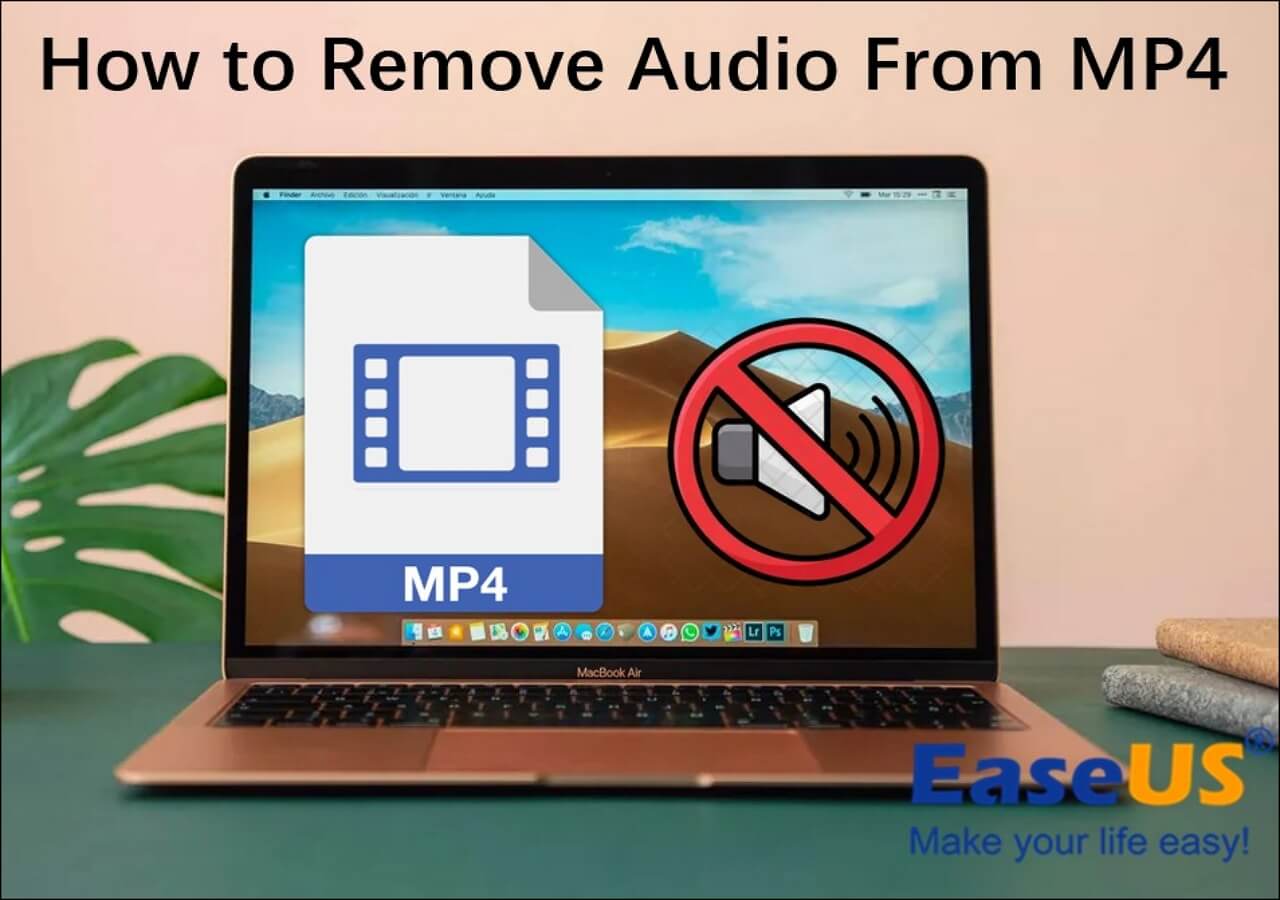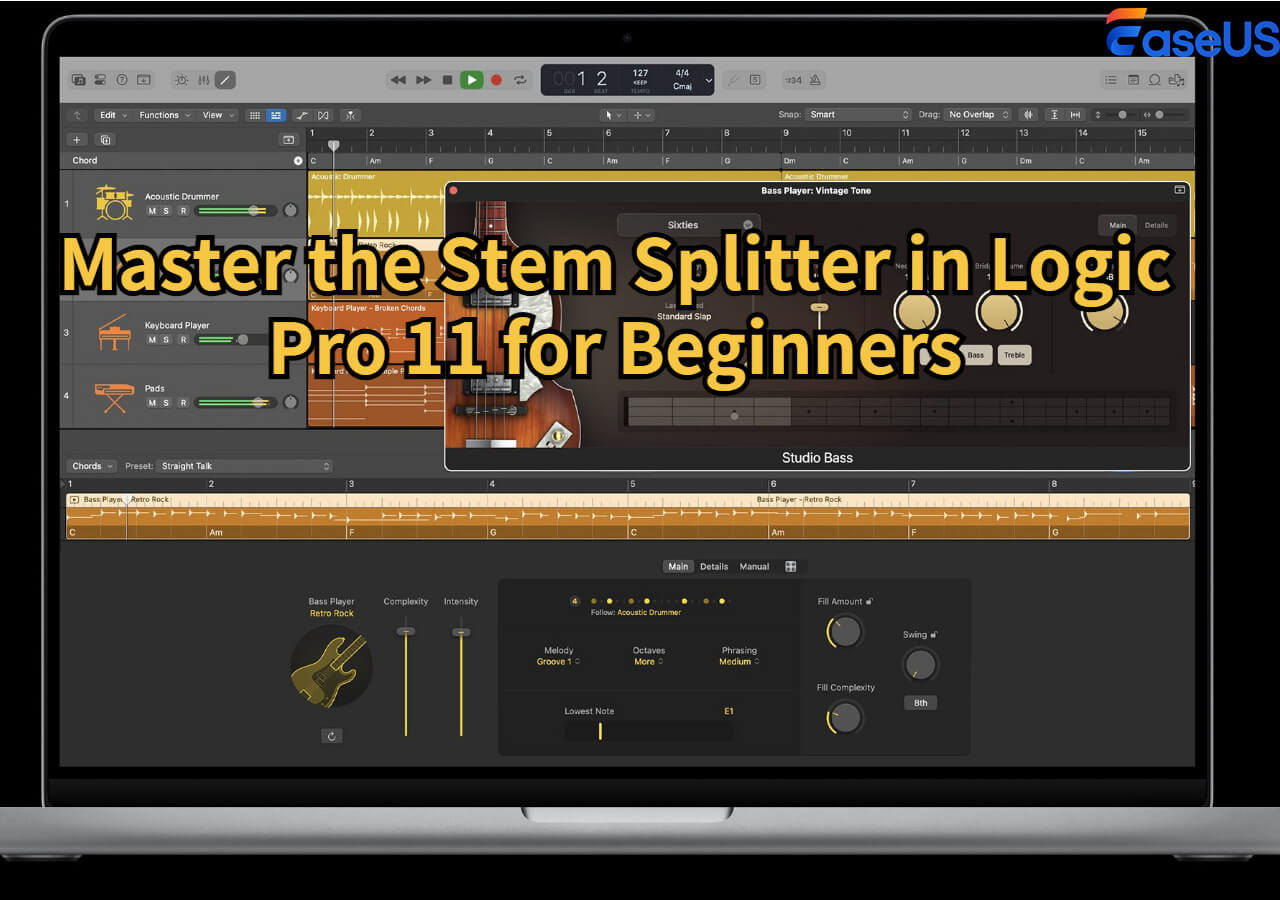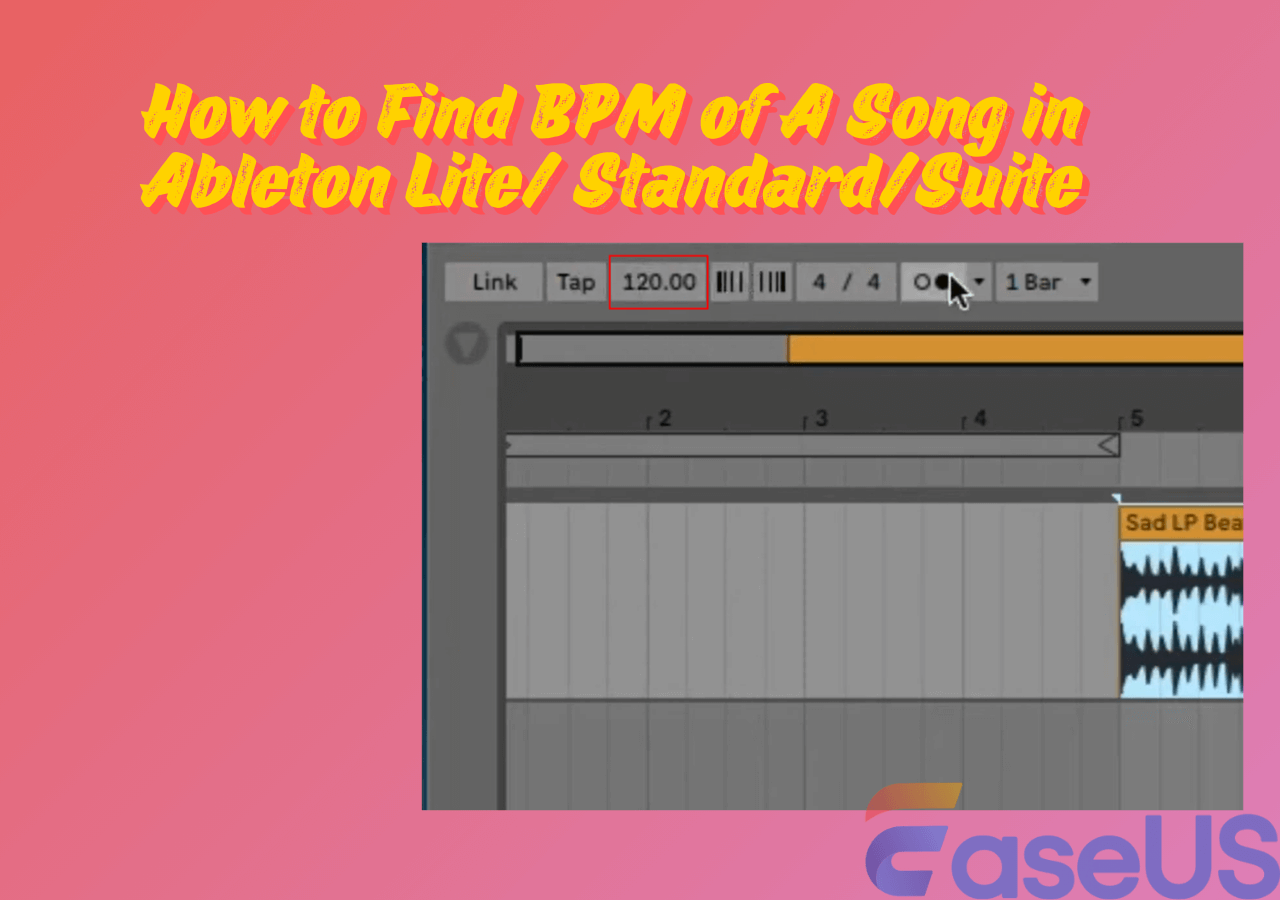-
Jane is an experienced editor for EaseUS focused on tech blog writing. Familiar with all kinds of video editing and screen recording software on the market, she specializes in composing posts about recording and editing videos. All the topics she chooses are aimed at providing more instructive information to users.…Read full bio
-
![]()
Melissa Lee
Melissa Lee is a sophisticated editor for EaseUS in tech blog writing. She is proficient in writing articles related to screen recording, voice changing, and PDF file editing. She also wrote blogs about data recovery, disk partitioning, data backup, etc.…Read full bio -
Jean has been working as a professional website editor for quite a long time. Her articles focus on topics of computer backup, data security tips, data recovery, and disk partitioning. Also, she writes many guides and tutorials on PC hardware & software troubleshooting. She keeps two lovely parrots and likes making vlogs of pets. With experience in video recording and video editing, she starts writing blogs on multimedia topics now.…Read full bio
-
![]()
Gloria
Gloria joined EaseUS in 2022. As a smartphone lover, she stays on top of Android unlocking skills and iOS troubleshooting tips. In addition, she also devotes herself to data recovery and transfer issues.…Read full bio -
![]()
Jerry
"Hi readers, I hope you can read my articles with happiness and enjoy your multimedia world!"…Read full bio -
Larissa has rich experience in writing technical articles and is now a professional editor at EaseUS. She is good at writing articles about multimedia, data recovery, disk cloning, disk partitioning, data backup, and other related knowledge. Her detailed and ultimate guides help users find effective solutions to their problems. She is fond of traveling, reading, and riding in her spare time.…Read full bio
-
![]()
Rel
Rel has always maintained a strong curiosity about the computer field and is committed to the research of the most efficient and practical computer problem solutions.…Read full bio -
![]()
Dawn Tang
Dawn Tang is a seasoned professional with a year-long record of crafting informative Backup & Recovery articles. Currently, she's channeling her expertise into the world of video editing software, embodying adaptability and a passion for mastering new digital domains.…Read full bio -
![]()
Sasha
Sasha is a girl who enjoys researching various electronic products and is dedicated to helping readers solve a wide range of technology-related issues. On EaseUS, she excels at providing readers with concise solutions in audio and video editing.…Read full bio
Content
0 Views |
0 min read
Many use the stems and multitracks interchangeably; while they are similar in ways, they are very distinct too. Knowing the details of both these terms helps collaborate with artists while requesting and sending files. Also, while making tracks, mixing, editing, mastering, and remixing the tracks, this understanding enables you to make better music.
In this post, we will go through stems vs. multitracks: a detailed analysis to know the differences, use cases to effectively use the stems and multitracks, and the best stem separation software.
What Are Stems?
You need multitracks to create stems. Simply put, stems are a combination of multitracks. Whenever you mix or master two instrument groups, you make a steam. Let's assume you have individual drums, vocals, and guitar tracks. When you combine these tracks, you will get a stem.

Use Cases of Stems
Collaborators widely use stems. Many collaborators prefer using branches, as they stack a set of multitracks and help you analyze everything simultaneously. Here are some common use cases of Stems:
- Sending files to a vocalist: A vocalist won't do any editing or mixing. They do not need separate tracks to work with, so sending all tracks simultaneously is viable.
- When you want to remix a track: If the audio engineer wants to remix your track, especially to make EDMs, you can send a stem. Rather than overwhelming the remixer with many individual elements, send them a bunch to work around different tracks at once and create a remix.
- To balance the final mix: If you want to tweak around individual instruments or want a second opinion, stems are quite helpful. You can work with tracks in combination and finalize the track.
- To make fine adjustments during mastering: For the mastering engineers, stems are beneficial for making fine adjustments. However, many artists prefer one final stereo mix session to master, but a combined track may be preferred sometimes.
Advantages of Stems
- You will have fewer tracks to work with at once compared to multitracks.
- Finding the stem files you want is easy.
- Requires sending only a few files while collaborating.
- Many mixing and editing software are more suited to work with Stems.
- Stems contain effects that can be advantageous or disadvantageous based on what you want to do.
Disadvantages of Stems
- Less control over the tracks compared to multitracks.
- Can only make broad-brush changes, e.g., cannot work with balance or nuances of the tracks. You can only make changes to volume as a whole.
What Are Multitracks?
Multitracks are individual elements of the complete audio, each recorded independently, like vocals, drums, guitar, etc. A single track is a multitrack, and individual tracks recorded using different instruments are known as multitracks. They are recorded sequentially to cater to various uses, like making acapella from songs and recording separate instruments later.

Use Cases of Multitracks
Multitracks, contrary to what it sounds, are commonly used in cases where you need absolute control over the instrument's music or tune.
- To mix a track: As multitracks offer more control, a mixing engineer prefers using individual tracks to balance the relative levels perfectly.
- Editing: Having multitracks is beneficial for fine-grained control of the track. To eliminate noise, render and cut certain parts.
Advantages of Multitracks
- You will get full control and granularity over the track, and you can make adjustments to remove echo from videos, adjust the balance, etc.
- There is no need to create them exclusively; they are created once you record something into the DAW.
- Does not contain effects, which can be an advantage or disadvantage based on what you want to do.
Disadvantages of Multitracks
- A lot of individual tracks are hard to manage.
- Sending or receiving files can be tedious.
- It makes it difficult for you to find the part you want.
| Items | Multitrack | Stem |
| Audio Quality | More | Depends on the recording and mixing |
| File Size | Less, as it contains a single track | More, a group of tracks |
| Storage | Easy to store and handle | Need proper knowledge to store and process |
| Flexibility | More control and less flexible | Good control and more flexible |
| Use Cases | Mixing, and Editing | Mastering, Backing tracks, collaboration and Re-mix |
Tips for Creating Multitracks
If you are new to music production, it can be overwhelming to create multitracks or stems, especially if you are not well-versed with the new-age DAWs to create them. The best way to create multitracks is to use the AI-powered EaseUS Online Vocal Remover.
This powerful software lets you extract instrumentals from a song online for free. You can remove vocals or background music and make acapella from songs or extract musical tracks by uploading your file. Upload your file, and the tool accurately separates the vocals and music with the help of AI, which you can extract later. Click the link, upload the file, and see the AI-magic yourself.
💥Key features of EaseUS online vocal remover:
- Extract the multitrack files of any instrument with just a click
- Separate music from vocals and obtain the music file
- You can upload audio files of 350MB for up to 1 hour to extract music
- Extract and split vocals and music from YouTube videos
Now you can get isolated tracks with EaseUS Online Vocal Remover for free.
In Closing
Knowing the difference between stems and multitracks is very beneficial while working with music and collaborating. I hope the post details what multitracks and stems are and what's better to send when the question of Stems vs. Multitracks happens.
If you are a newbie, creating multitracks using DAWs can be confusing, so using a simple tool like EaseUS online vocal remove to extract multitracks from audio files is better. Go to the software, upload your file, have your multitracks, and send them to fellow artists. If you find the post helpful, share it with your friends.
FAQs on Stems vs. Multitracks
Here are some of the most frequent FAQs on Stems vs. Multitracks. I hope you find these queries helpful.
1. Why are music tracks called stems?
Stems are individual tracks layered together to make music. It may contain vocals, instruments, drum stems, or anything. As music is an amalgamation of vocals and instrument tracks, music tracks are also referred to as Stems.
2. What is the difference between stems and audio files?
Stems, as we know, are a combination of multitracks layered together, whereas an audio file is the digital data stored on a computer system. It means every Stem is an audio file, and every audio file may or may not be a stem.
3. Is stem mastering better?
Yes, as mastering is the final process of preparing the track, you do not need grained control over them, so Stems are preferred for mastering.
4. Should I send stems to artists?
It will depend on what you are doing mostly. But stems are great for editing, mixing, and mastering due to the compilation of individual files. So, it's a good idea to send stems to artists.
🎵 Passionate about music production? Join the conversation on Stems vs. Multitracks by sharing this thought-provoking article. Let's amplify our knowledge together!




